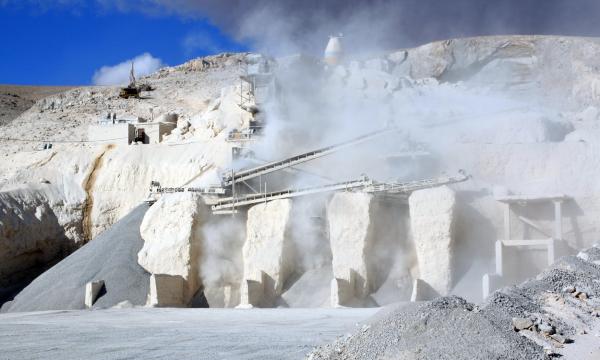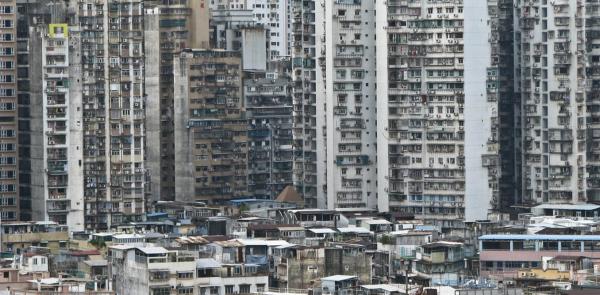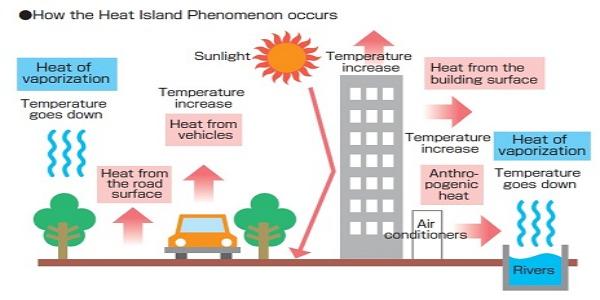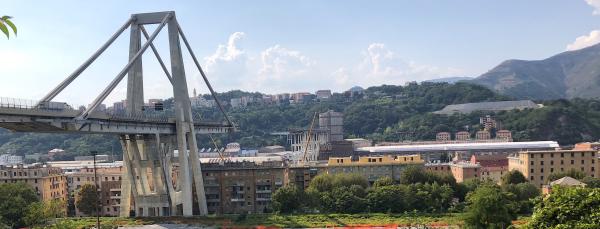The concrete dangers of cement
An ugly title for a very serious topic.
First, the difference
Cement and concrete are not synonims: cement is an ingredient of concrete, which in turn is a mixture of mixture of “aggregates” and “paste”. The aggregates are sand and gravel or crushed stone; the paste is water and cement (10/15% by volume).
Sand, cement and water facts

Cement manufacturing is one of the dirtiest industrial processes on the planet. It produces nearly 9% of global carbon emissions: more than aviation fuel, but less than the global agriculture business (12%). If it were a country, only China and US would emit more CO2.

Mining all the sand that demanded by the concrete industry can destroy beaches and river courses. Besides, and mining is now “increasingly run by organised crime gangs”, with people worldwide fighting and dying over sand, because we are running out of it.
Besides making even something like sand scarce, the concrete industry also uses almost 10% of the world’s industrial water use. Mostly in drought and water-stressed regions that would need that same water for drinking and irrigation.
Concrete facts

Of course, there are extremely obvious and… concrete reasons for all those problems. Concrete is “how we try to tame nature”. It is concrete that keeps water inside dams, trains traveling over canyons, and people sheltered from water, mud and weather. It is for all these reasons that, every two years, we produce a mass of concrete bigger than all the plastic produced since its invention.
But concrete also “constipates rivers, chokes habitats”, aggravates several respiratory diseases and magnifies extreme weather, for example contributing to the Heat Island Effect:

<u><em><strong>CAPTION:</strong>
<a href="http://www.gardinergreenribbon.com/heat-island-effect/" target="_blank">click here for explanation</a>
</em></u>
A very concrete future. Too concrete, actually
In the near future, the situation may get much worse. Some studies estimate that, in the next years, the number of urban dwellers could increase of about 65 million people per year, mostly (I assume) in developing countries. The “huge industrialisation and infrastructure building effort” ongoing in China and India will add to that load.
Many “developed” countries are already so full of concrete that they may greatly reduce their consumption, if it weren’t for “the most frightening aspect of our dependence on concrete”:

the fact, that is, that “the structures we build with it won’t last. The vast majority of them will need to be replaced - and relatively soon." As much as 100 billion tons of buildings, roads, bridges, dams worldwide may need to be replaced in the coming decades.
Concrete solutions? Or more concrete questions?
Research (see links below) has shown the feasibility of “eco-cements” that may be produced not just at much lower temperatures, that is with renewable energies instead of fossil fuels, but also absorbing enough CO2 to make those eco-cements carbon-negative. Others propose modern versions of “the oldest industrial process that we have”, that is calcination. In general, carbon-negative ways to make cement may do carbon capture and storage much more, and more easily, than other solutions. Sure enough, every effort should be made (especially in regulations) to make carbon-negative cement production economically convenient.
Still, there is one big thing missing in all these pictures: regardless of how we make it, are we really sure that all those huge quantitities of concrete will be all usable?
Rebuilding dangerous crumbling infrastructures that are still needed, OK. Giving urban poors decent homes to live in, OK. But usage of as much concrete as certain forecasts say is really possible and needed only if world trade, transportation and land consumption will indeed continue, in the next decades, as they have so far and stock exchanges still hope. Is this a realistic expectation, or just another very… concrete case of why rationing may become a core issue very soon?
Sources:
Who writes this, why, and how to help
I am Marco Fioretti, tech writer and aspiring polymath doing human-digital research and popularization.
I do it because YOUR civil rights and the quality of YOUR life depend every year more on how software is used AROUND you.
To this end, I have already shared more than a million words on this blog, without any paywall or user tracking, and am sharing the next million through a newsletter, also without any paywall.
The more direct support I get, the more I can continue to inform for free parents, teachers, decision makers, and everybody else who should know more stuff like this. You can support me with paid subscriptions to my newsletter, donations via PayPal (mfioretti@nexaima.net) or LiberaPay, or in any of the other ways listed here.THANKS for your support!